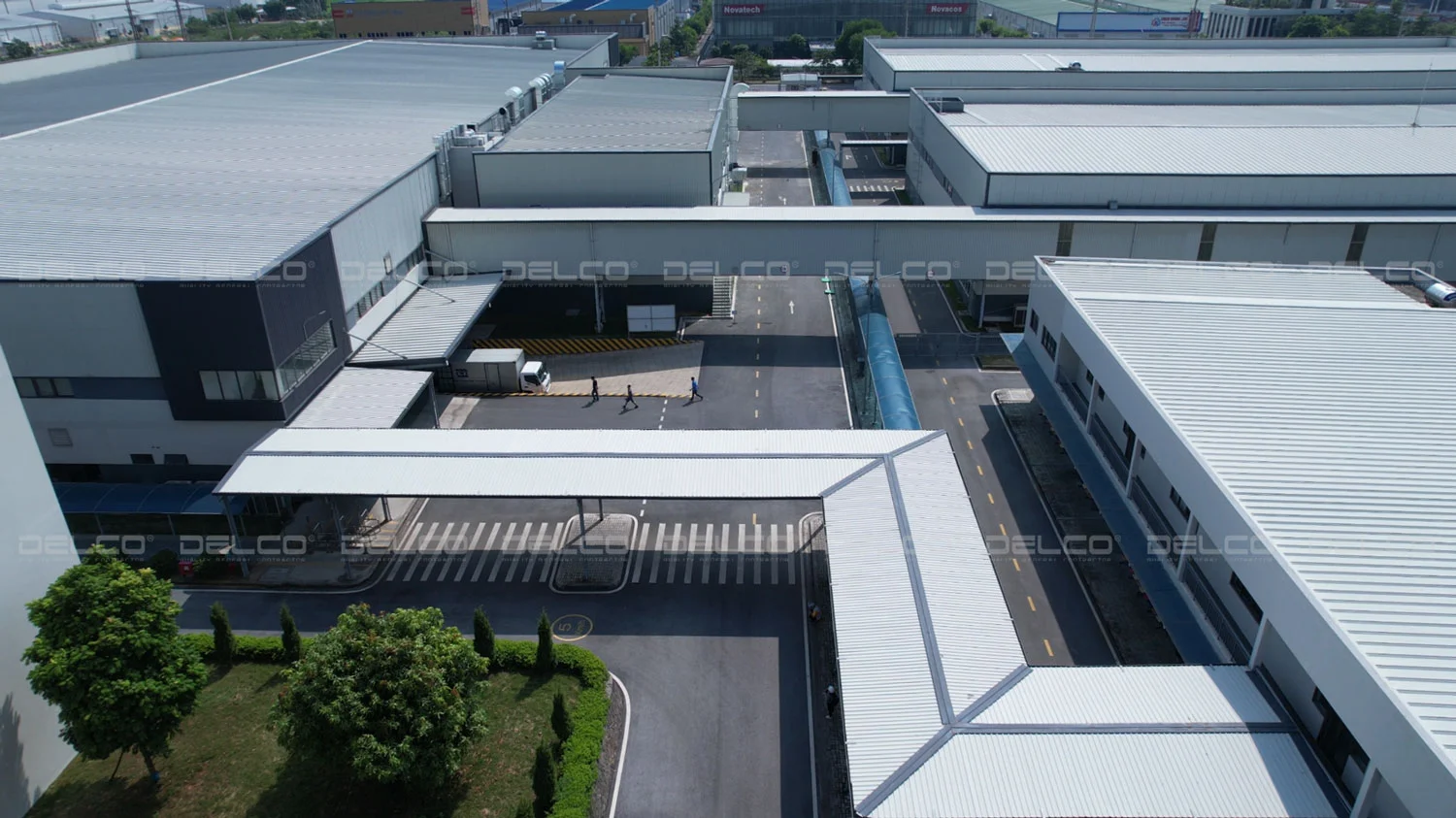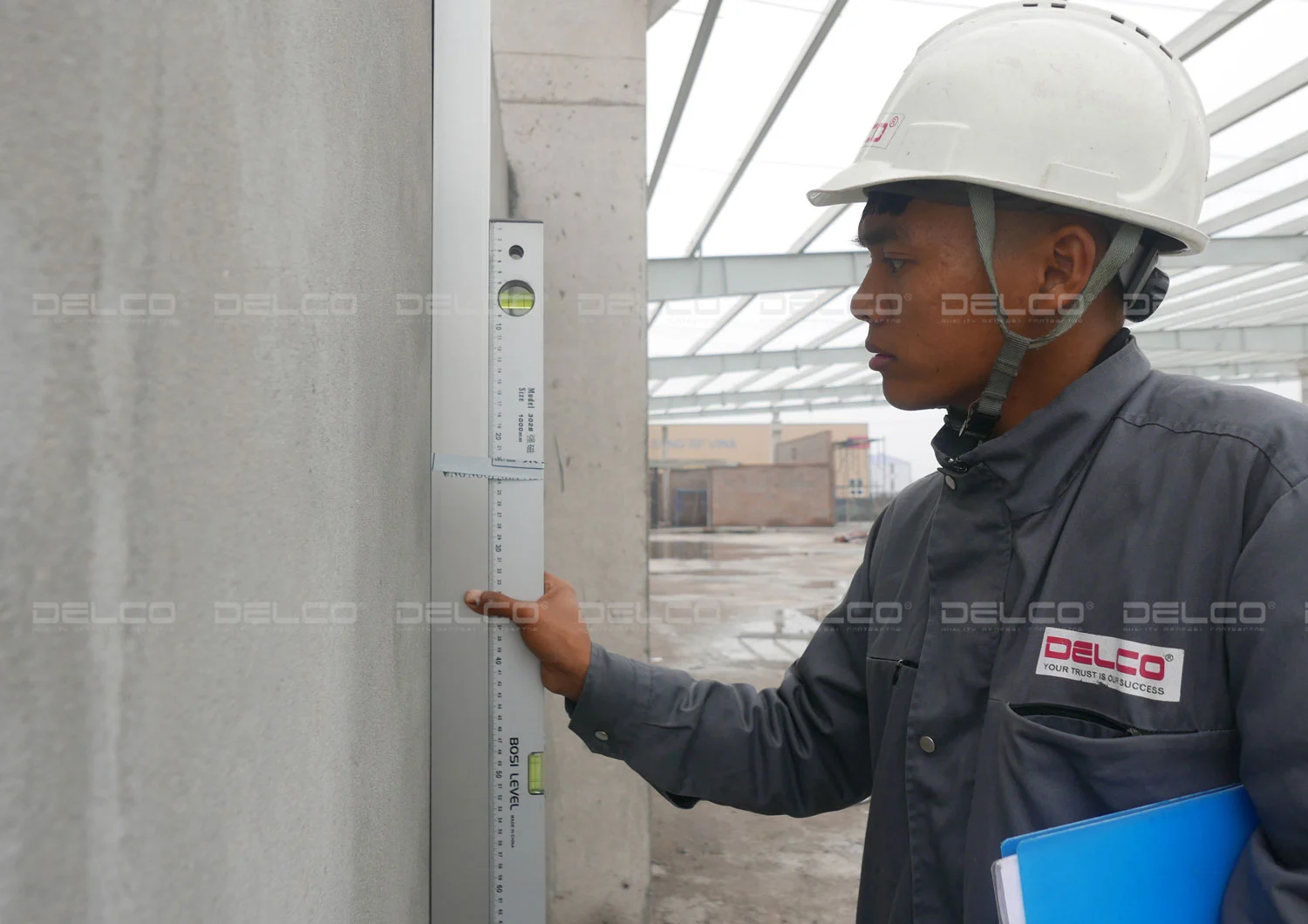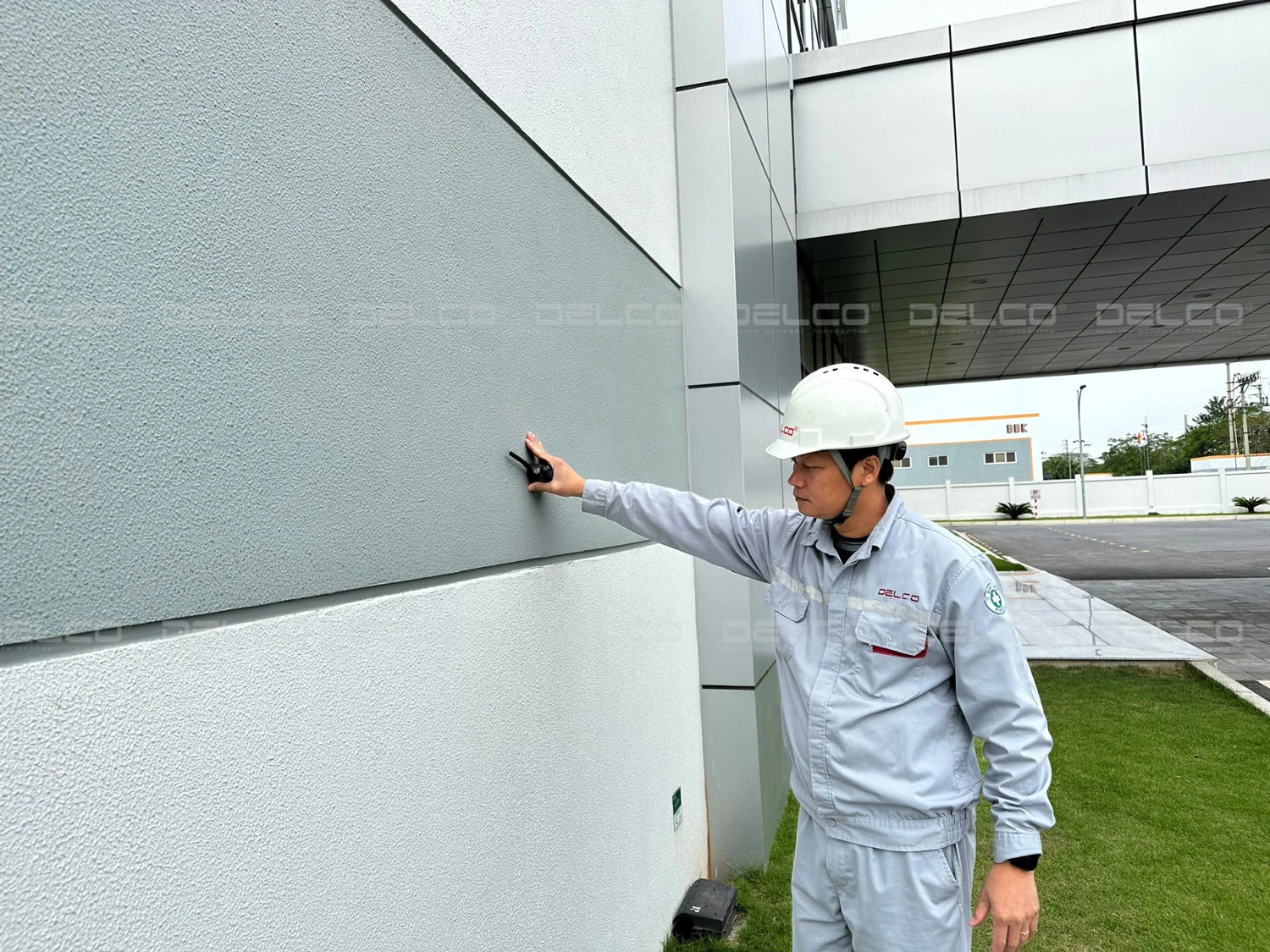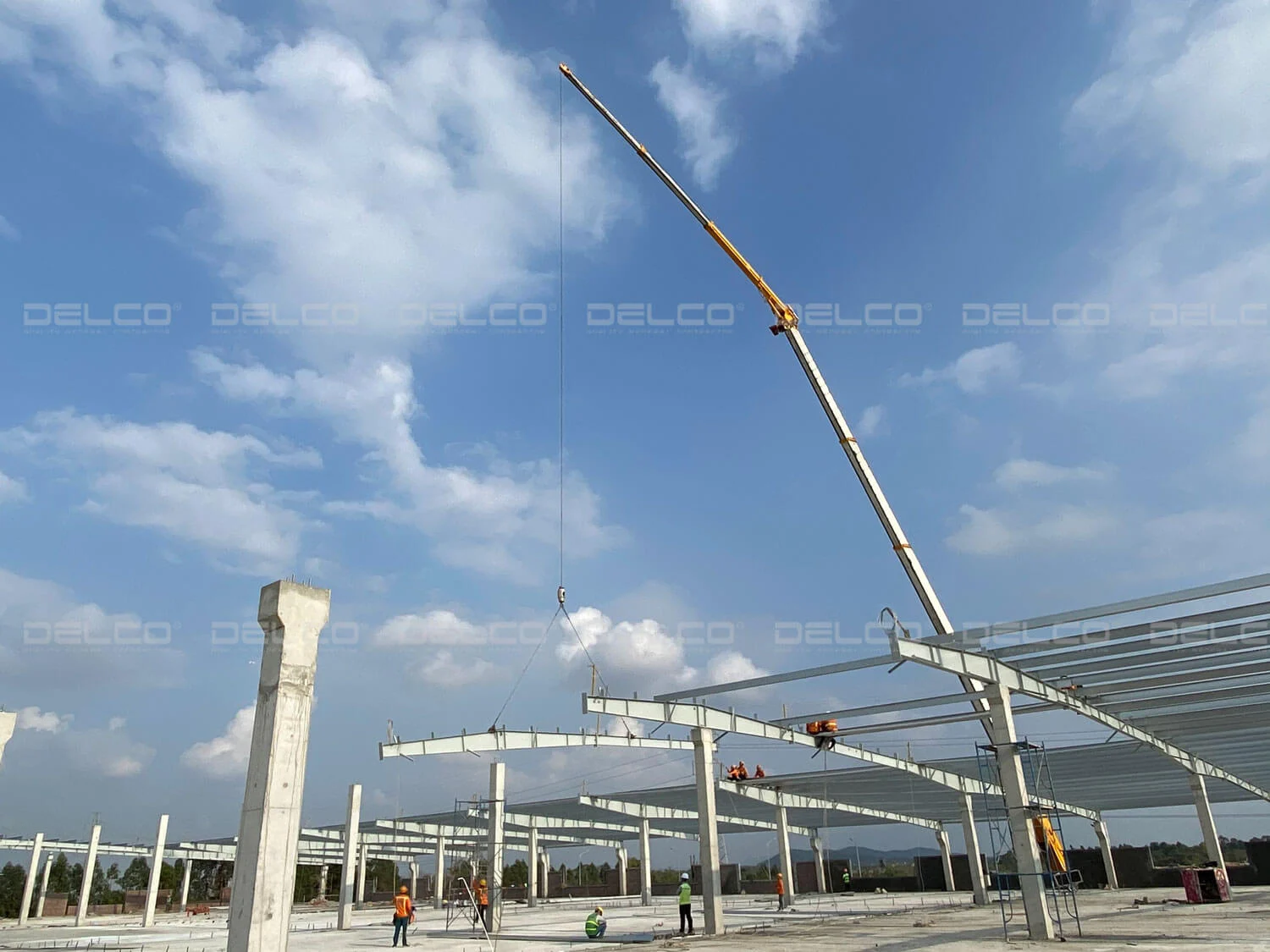According to the National Technical Regulation on Construction Planning (QCVN 01:2021/BXD), the minimum green space density for factory construction is set at 20% of the land plot area. For general industrial parks, although there is no specific requirement, it is recommended to maintain a minimum green density of about 10%. In eco-industrial zones, green and sustainable infrastructure should cover at least 25% of the area. Trees planted in factories are not required to be in specialized green belts but must meet certain standards.
In industrial parks, due to the large amount of air emissions from factories, planting is a necessary solution to absorb CO2, prevent harmful substances and dust, reduce noise as well as prevent water pollution. Additionally, meeting the green density standards can help businesses save on energy, improve the visual landscape, and enhance the aesthetic value of the facility.
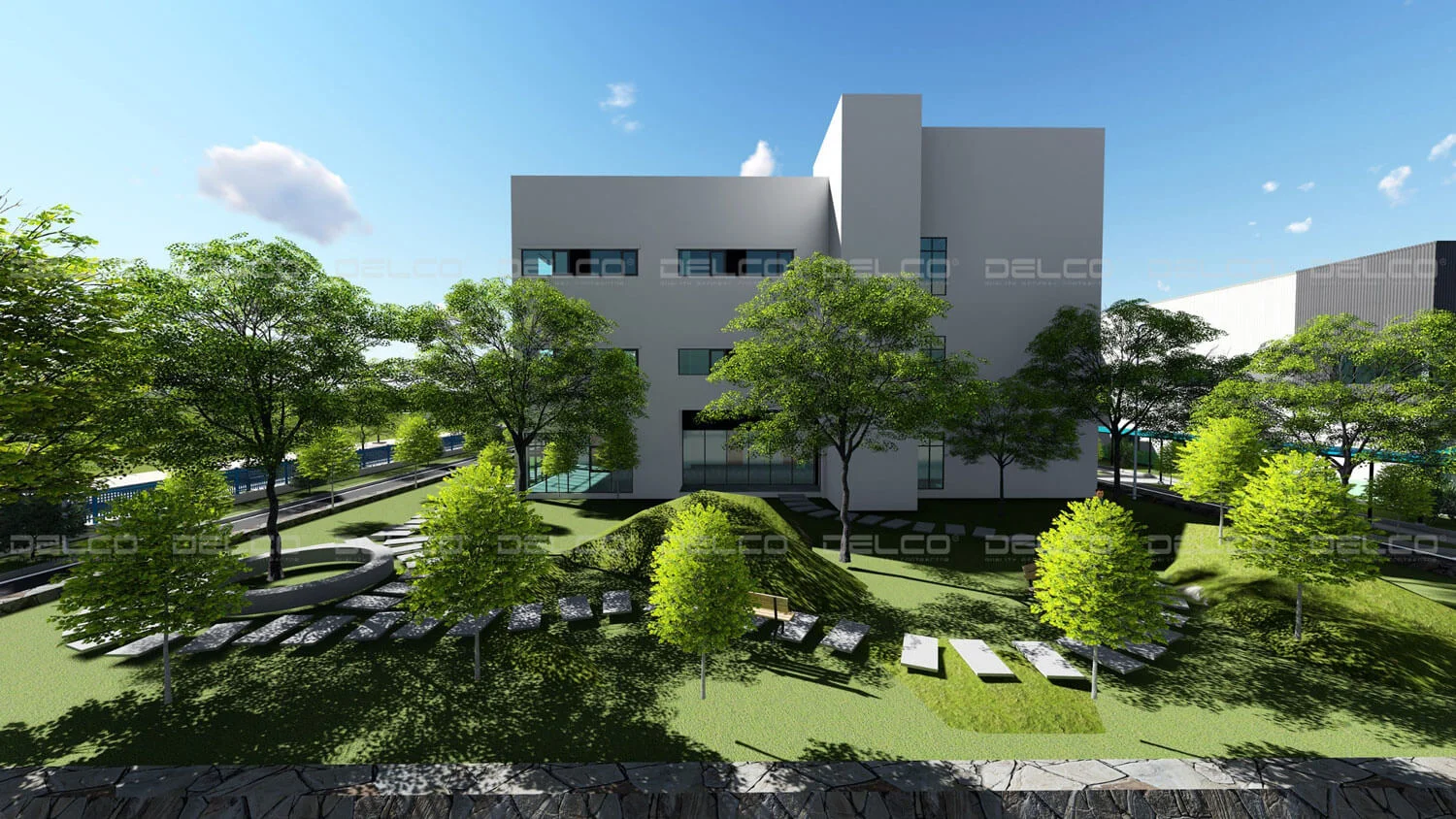
According to Circular 01/2021/TT-BXD, the Ministry of Construction stipulates that the minimum green area in factories must be 20%of the land area in a factory is allocated for greenery. This is intended to reduce concrete areas, mitigate the greenhouse effect, and promote eco-friendly industrial development aligned with current trends in green and sustainable industries.
Trees planted in factories are not required to be specialized species; however, they must meet certain standards. For instance, small timber trees must have a minimum height of 2 meters, a diameter of 5 centimeters, and a root ball diameter of at least 40 centimeters. Large timber trees must have a minimum height of 3 meters, a diameter of 6 centimeters, and a root ball diameter of 60 centimeters. In addition, factory emissions often contain harmful substances such as NO2, CO, CO2… so the factory’s owner should plant trees in clusters adjacent to land boundaries to minimize the amount of emissions from the factory spreading into the surrounding environment. These green belts may be planted in rows with appropriate spacing and tree types chosen based on each area’s available space.
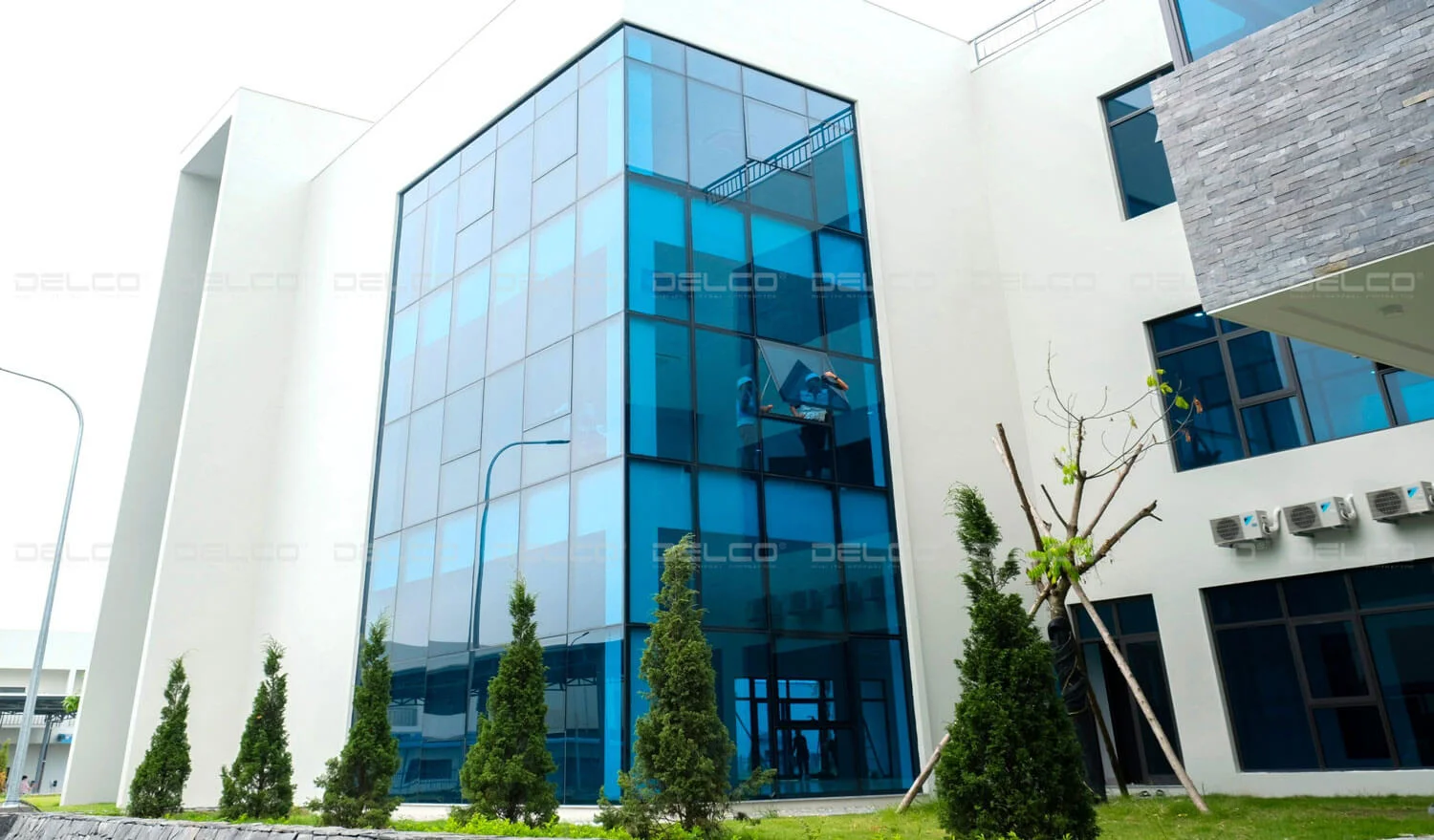
Factories today often plant shade trees like Taiwanese almond, black star, and sau trees, as well as decorative shrubs like palm, acacia, and Duranta. This approach helps factories comply with the green planting regulations in factories and industrial zones, while enhancing the visual landscape and regulating air quality.
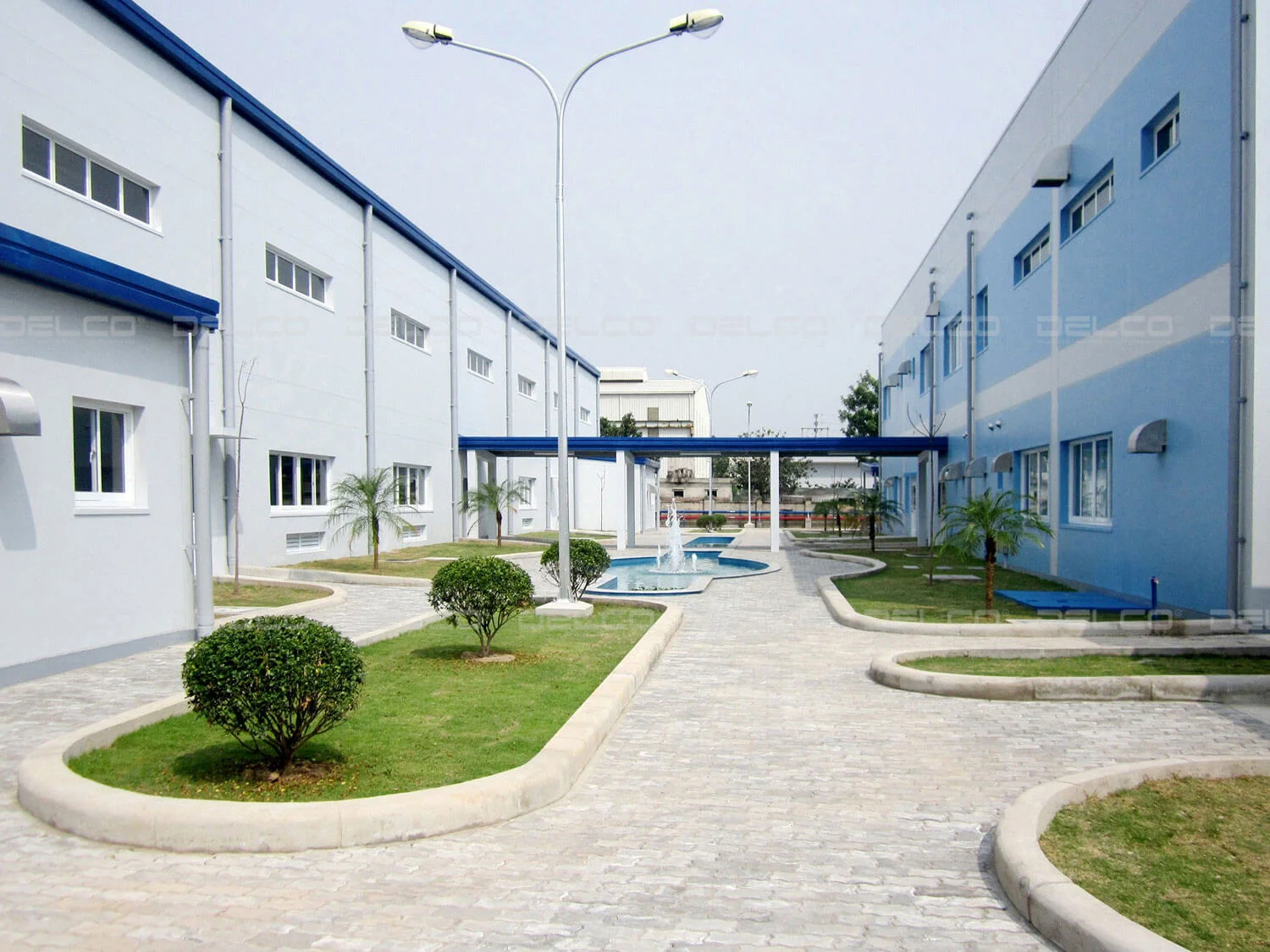
It is clear that greenery plays a crucial role in reducing air pollution and creating a green, clean working environment for industrial zones. However, planting trees requires scientific planning, adherence to approved designs, alignment with the architectural space of the factory, and ensuring conditions are conducive for traffic flow and fire safety.
See more: Notable new points in QCVN 01:2021/BXD on construction density
See more: Steps to carry out environmental impact assessment (EIA) report in industrial construction


